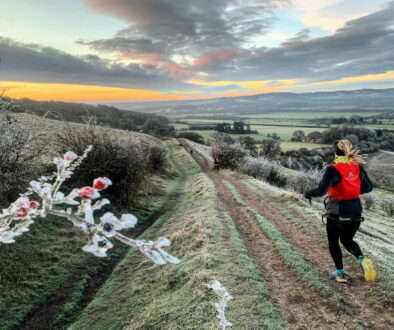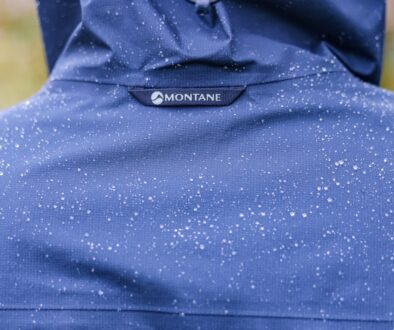Training for the mountains is demanding, but especially if you live in flatter lands. How is it best to train for mountain running when you don’t have access to mountainous areas? Don’t worry here we have 5 top tips to get you ready wherever you live!
When looking at the results of any big mountain race, the common theme is that the majority of those at the sharp end of the field live in the mountains themselves, and use their mountainous backyards for the bulk of their training. But how many of us also look at the photos from these events and are drawn to wanting to run or race in places with epic vistas, snow capped peaks dropping to lush green valleys even though our backyard training is much flatter. Just because you don’t live in the mountains doesn’t mean you can never consider running/racing in them and doing well, so here are our 5 top tips.
1 – Get your hike on
Even the likes of Kilian Jornet will be hiking the most significant gradient ascents, so learning to be a strong hiker will pay dividends at every level in a mountain run. When you live somewhere flatter, the hiking part of any run is sometimes considered the easy recovery, and this is where people go wrong. Learn how to get the most pace out of your hikes. Cadence should stay remarkably high, strides should be long (also helping to stretch out your muscles), and use your upper body to either push off your thighs on steeper ground, or perhaps propel forwards with poles. Either way, practise hiking with determination, there is a good chance you will spend long portions of a mountain race in hike mode.
2 – Strength and Conditioning
S&C should be a major part in any runners training, but this can be even more relevant for training to run in the mountains. Uphill running or hiking uses the big leg muscles like glutes, quads and calves, and these are easy to get stronger while back on home turf. The best thing is they actually can usually be put to the test with very limited equipment. Squats have loads of variations; regular, pulse squats, sumo squats, squat jumps, single leg squats, squats with one foot raised. Similarly lunges; step back lunges, round the clock lunges, lunge jumps. For calves, a basic hill simulation can be created with a piece of wood lent against a stack of books, and calf raises/heel lifts done off these. Core exercises are similarly vital for control and speed on the descents.
3 – The gym is your friend. Have you ever noticed that machine in the corner of the gym that nobody seems to use, that looks like a mini escalator. That’s your new best friend. Step machines aren’t perfect as they only allow flat foot placement, but are still super useful in simulating prolonged ascents of +30minutes (something im yet to find in the Chiltern hills). Using the incline on a treadmill is also a great way of bringing prolonged ascents into your training. The downside is that descents cant typically be replicated at all.
4 – Gravity is your friend
Most of us like bang for buck with training, which is why aspects like strength and conditioning, mobility and stretching can sometimes be ignored for the sake of pounding the pavements. Another aspect which is neglected is downhill training. If you watch the likes of Kilian or Courtney, on the uphills they are clearly super well conditioned. However, one area that sets them apart is their ability to seemingly fly downhill. It is often the downhills that races are won or lost. The more they are practised, the more confident and fluid descents become. Rather than nervously tip toeing down the hill, being able to lean into the hill more, increasing cadence, using core for stability and balance, impressive pace gains can be made. The right shoes are vital, and don’t be tempted to do more than one downhill session every 6-8 weeks, as they can be real quad trashers.
5 – Study maps
Even in flatter training areas, there are usually some hills within feasible training range. Rather than doing the same routes from the front door, map out possible routes and see how much ascent and descent you can get in your runs, or plan weekends away that don’t involve huge travel, but maybe can offer greater elevation than more locally. In the Chiltern hills, where we do most of our training, whilst the likes of the iconic Ivinghoe Beacon provides a couple of ok climbs and is very popular with runners, heading over to areas such as Dunstable Downs, Hastoe, Chartridge or Wendover Woods have much longer and more brutal climbs, where you can easily clock 600m of ascent over less than 15km – and with that ascent you can get in some great downhill practise too.



